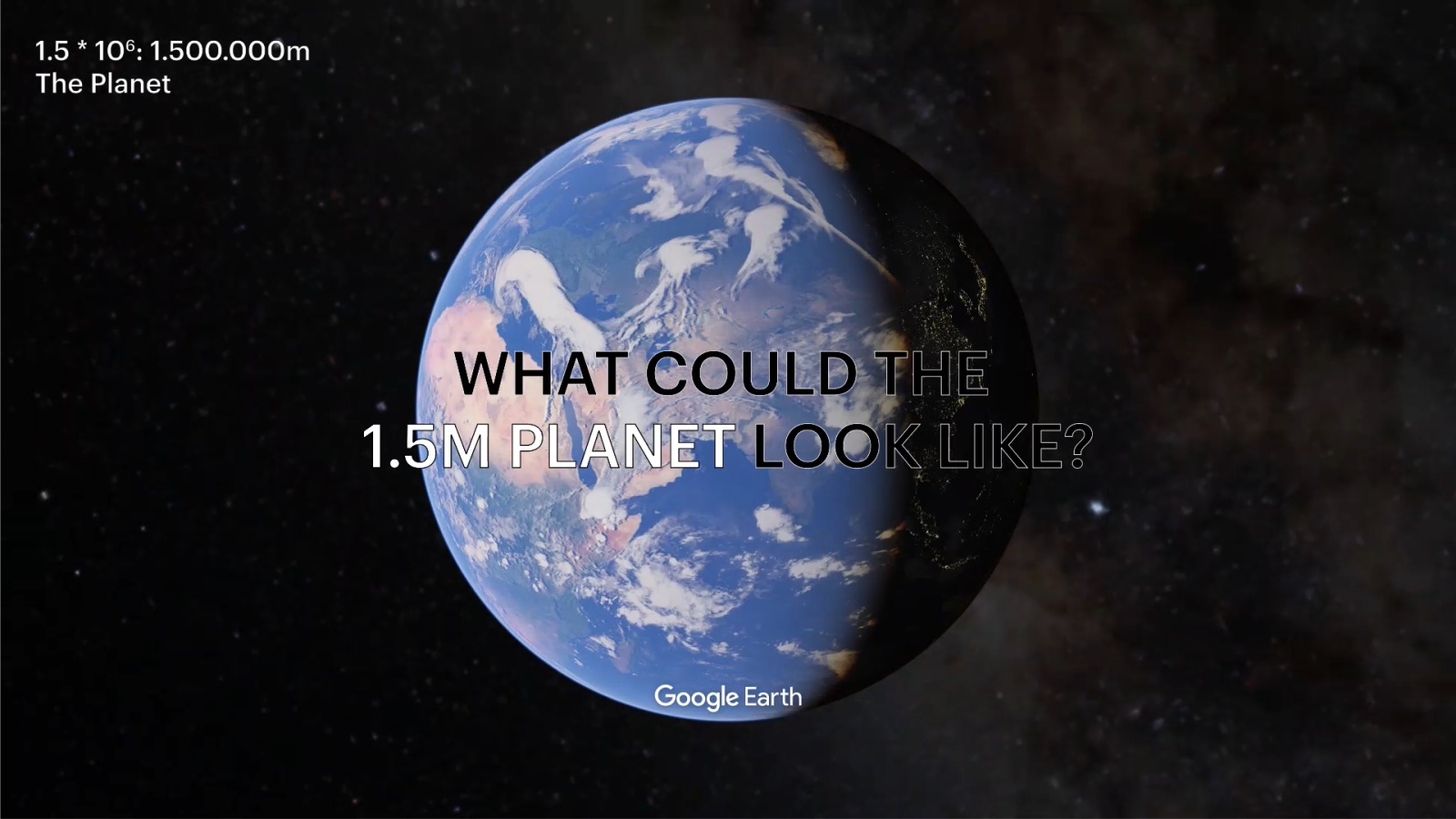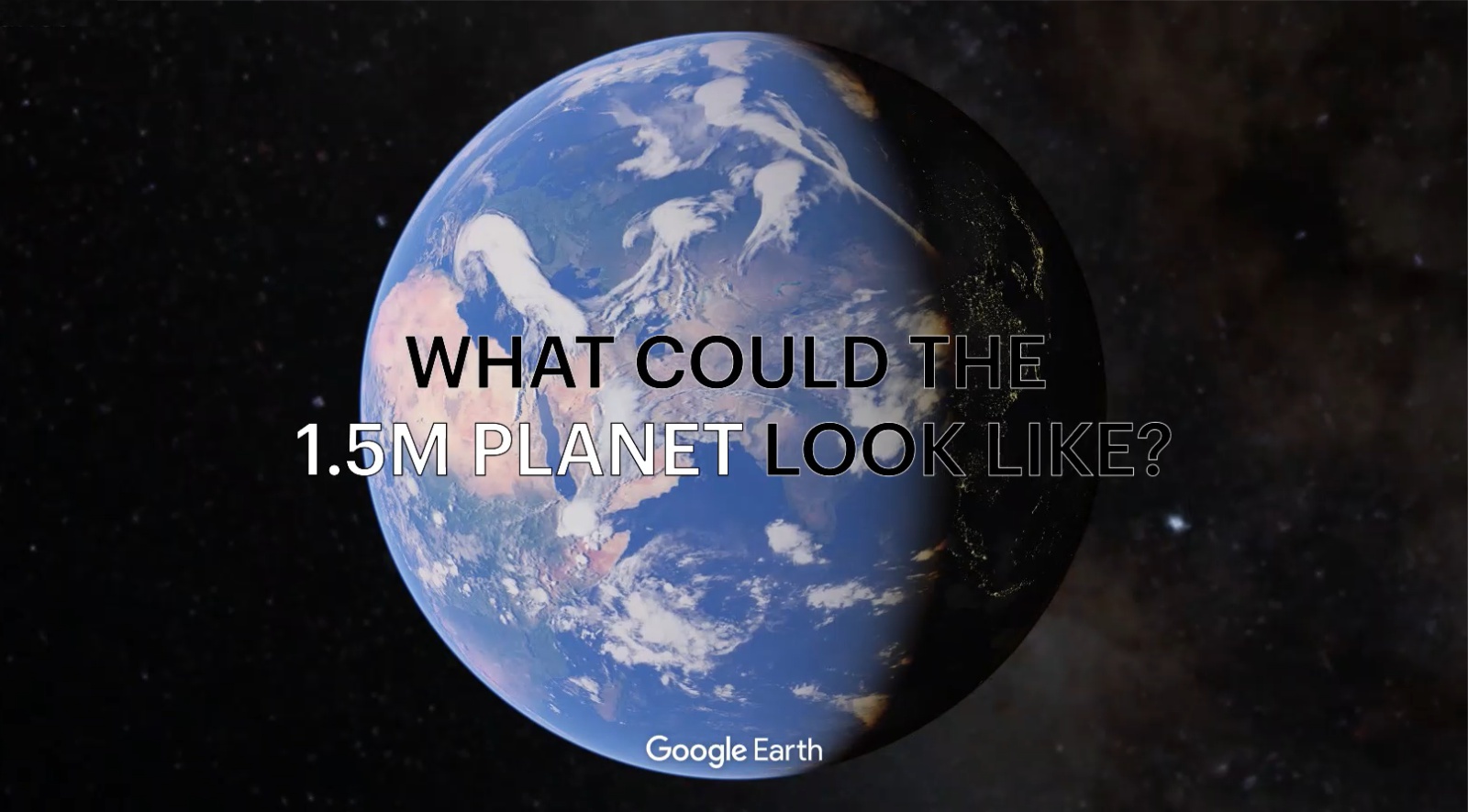MVRDV’s tech task force MVRDV NEXT is announcing a new eight-part video series examining post-coronavirus spatial requirements, and their impacts at a range of scales from the individual person to the planet. Released at regular intervals over the coming weeks, “Capacity 1.5: Explorations on Contactless Urbanism” aims to highlight the many questions and challenges humanity is facing in the near future
As they gradually bring the worst effects of the Covid-19 pandemic under control, countries across the world are starting to consider their next steps after extended periods of social distancing and lockdown measures. Most countries recommend that people keep a distance of between 1.5–2 metres from each other and, with fears of a second wave of the pandemic and plenty of research still to be done into a possible vaccine, this is likely to be a standard that remains, in one way or another, for months and quite possibly years to come.
The built environment is based on the scale of the human body, and we all just became 1.5 meters wider. This new normal changes the impact of an individual body and this creates a ripple effect of change through all scales. Inspired by the seminal 1977 video “Powers of Ten” by Charles and Ray Eames, MVRDV’s “Capacity 1.5” will look at this ripple effect at a range of scales, from the scale of the individual to the scale of the entire planet. This approach leads back to MVRDV’s classic publication KM3: Excursions on Capacity, effectively re-examining the capacities of our buildings, our cities, and our world under these new conditions.
The video series aims not to provide answers to the spatial challenges that human society will face in the wake of the coronavirus pandemic, but to develop a systematic way of asking the right questions by objectively considering the incompatibility of distancing guidelines and our existing spaces. How will we navigate narrow sidewalks without coming too close to one another? Should cities be open 24 hours to prevent daytime crowds? How can collective transport options such as planes, trains, and buses adapt? How can we prevent a renaissance of the car city? Source and images Courtesy of MVRDV.


Image © MVRDV

